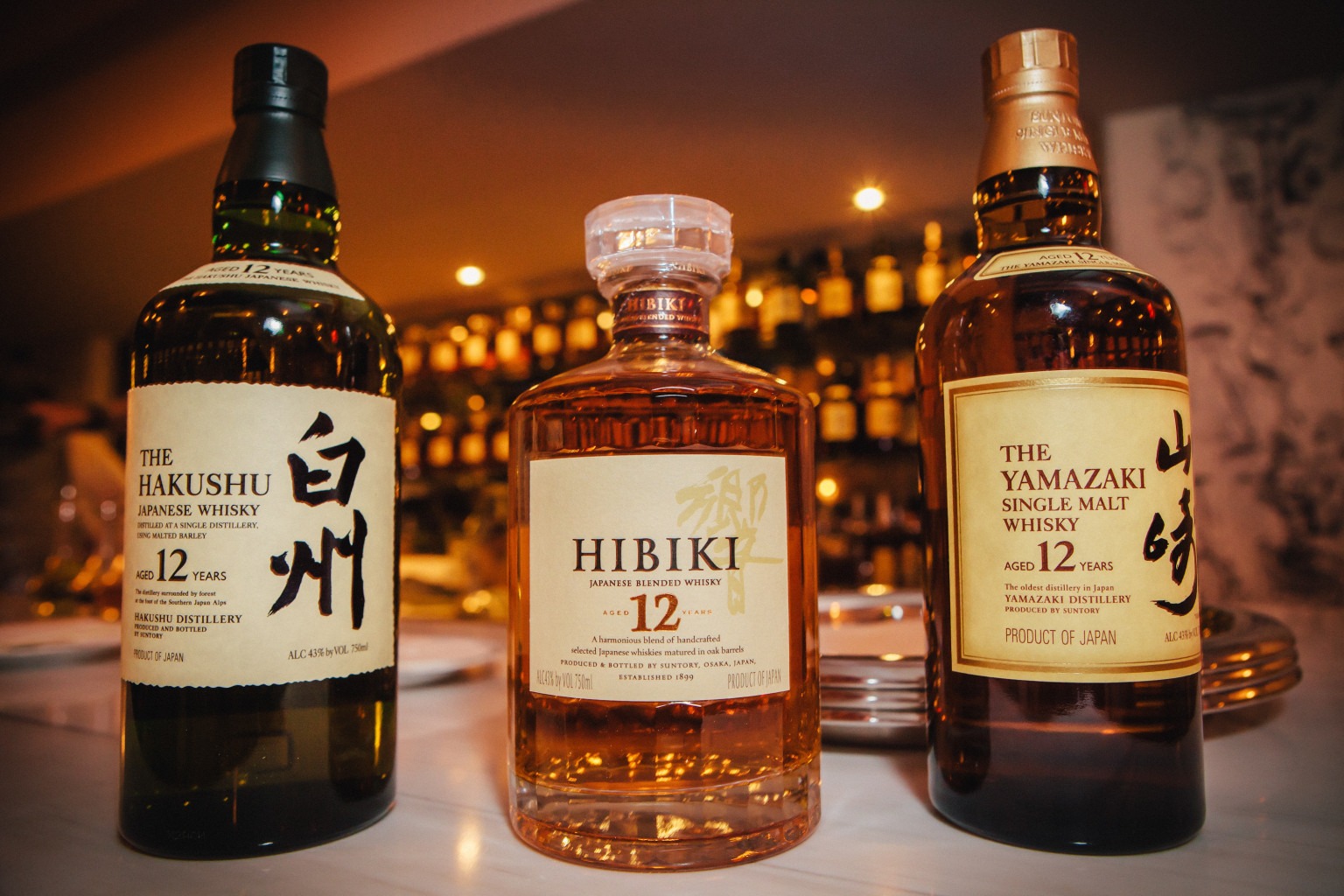The Craze over Japanese Whisky
Japan is one of the world’s ultimate Cheap whisky producers. The single malts received a top commendation, as well as the intention to remain impressive in the world market due to their composition and character. The production of whisky in Japan started a century back and developed from scotch in the year 1918. The pioneer, Masataka Taketsuru, traveled to Scotland intending to learn how to distill whisky. Masataka Taketsuru joined the University of Glasgow, where he studied organic chemistry. He would then work in three distilling companies to gain the experience and knowledge relevant to the distilling industry.
In 1923, Masataka Taketsuru and his Scottish wife Rita journeyed back to Japan and would get hired by Shinjiro Torii, the founder of Suntory Company as the chief distiller. The two worked together for some years; unfortunately, Taketsuru’s scotch style of brewing whisky didn’t work with Torii, leading to a break-up. In Japan, there is no fair play; one is either a home run or a failure. Torii viewed it as a failure. Masataka Taketsuru, in 1936, opted to begin distillation in his enterprise known as Nikka. It took decades before the Japanese products would receive world recognition. For example, in the United States, the demand for Japanese whisky products set off when specific brands received acclamation, for instance, the identification of Yoichi from Nikka and Suntory as the ‘best of the best’ by the Whisky Magazine in 2001 and when Yamazaki Sherry Cask 2013 received acclamation as the world’s best whisky by the Whisky Bible in 2015.
Why the Craze over Japanese Whisky.
Japanese produces whisky in different flavors. The whisky has links to the Scotch whisky as well as the highland Scotch whisky. The bottling takes different shapes such as brooding, peaty and earthy as used in single malts. The art of blending in the distillation industry is a top-notch higher, and so more drinkers are attracted to the Japanese cheap whisky. In other nations, the distillers use one shape of the distilling pot, columns, and hybrids. They then trade the product with other whisky producers to get the required flavors for the specific whisky products. In Japan, the distillers are dependent. The distilleries possess several styles of production. They own a good number of barrels and casks such as the hogsheads, port pipes, sherry barrels, and the red wine barrels. The multitude number of barrels and casks enables the distillers to create gorgeous flavored blends from their distillate.
[widget id=”text-3″]
Nikka and Suntory’s whiskys enjoy fame in the world because of the reputation it has on the consumers, such as its delicacy, harmony, and its gradation. The whisky enjoys a high note profile due to its distillation process that reflects nature and Japanese love nature. Due to the mastery in blending, the Japanese whisky is lighter, smoother in its brand than that of other whiskys, and so easier to drink with food as preferred by most Japanese; for instance, the Yamazaki 25. Generally, the Japanese whiskies are very rich, tasteful, more refreshing to consume; a whisky one can drink with food.
At the best bars in Tokyo and top cities in Japan, the bartenders cut the ice shards, then allowed to melt a little to achieve slippery surfaces. The smooth surfaces limit the soda bubbles from clinging on to the ice shards. The soda is then added gently into Collins glass of whisky, cautious enough not to add soda on the ice shards. The drink then comes decorated with either a ribbon of citrus, spring of rosemary, or a piece of fruit.
The sense of meticulousness just like in the whisky production, also lies in the Japanese bar culture. It is always ceremonial in the bars. Highball strangers admire the whisky service in the bar . The whisky gets served with a bottle of soda and particles of ice. In its presentation, the beautiful whisky bottle represents the artful blending of the drink. Currently, the sale of Japanese whisky has penetrated the markets of the United States. The bartenders in the US have borrowed the art of serving whisky from their Japanese counterparts, a service that pays respects to the pleasingly blended whisky. Japanese whisky currently enjoys global popularity, all thanks to Masataka Taketsuru, who took the initiative of learning how to distill whisky.

